Fortunino Matania (1881-1963)
Signature: signed lower left
Medium: oil on canvas
Size: 21 x 30in. (53.34 x 76.20cm) Framed Size: 25.75 x 34.75in. (65.4 x 88.26cm) Condition: Excellent condition. Provenance: Alfred Robinson, whose son Esmond fought in the Battle of Aubers Ridge and was awarded the Military Cross twice, commissioned Matania to make a copy of the painting in 1919 to celebrate his son's safe return from the war; Thence to Esmond Robinson; Thence to Esmond's nephew, Charles Robinson; Thence to Charles Robinson's widow; Clevedon Saleroom, 7 December 2023, Bristol, lot 31; Private collection The original painting by Fortunino Matania was made at the request of the widow of the battalion's commanding officer and a print of it was published in The Sphere on 27 November 1916. Matania's original painting was destroyed during World War II. T...Read more The original painting by Fortunino Matania was made at the request of the widow of the battalion's commanding officer and a print of it was published in The Sphere on 27 November 1916. Matania's original painting was destroyed during World War II. This, therefore, is a unique extant painting of the scene by Matania, having been commissioned in 1919 By Alfred Robinson. On 8 May 1915, the eve of the Battle of Aubers Ridge, Father Gleeson addressed the assembled 2nd Battalion, Royal Munster Fusiliers, at a roadside shrine and gave the general absolution. The battalion suffered heavily in the battle and only 200 men paraded again afterwards. Father Francis Gleeson (28 May 1884 – 26 June 1959) was an Irish Roman Catholic priest who served as a British Army chaplain in the First World War. Educated at seminaries near Dublin, Gleeson was ordained in 1910 and worked at a home for the blind before volunteering for service upon the outbreak of war. Commissioned into the Army Chaplains' Department and attached to the 2nd Battalion, Royal Munster Fusiliers he served with them at the First Battle of Ypres. During this battle Gleeson is said to have taken command of the battalion after all the officers were incapacitated by the enemy. At the end of his year's service in 1915 Gleeson returned to Dublin and became a curate but rejoined the army as a Chaplain in 1917 and remained in service as a chaplain for a further two years. After the outbreak of the Civil War in Ireland, he became a chaplain with the Irish Free State army in February 1923. In August 1944, he became parish priest of St Catherine’s, Meath St, Dublin. He was made canon in May 1956 and died three years later. He is buried in Glasnevin Cemetery. Born in Naples, the son of artist Eduoardo Matania, Chevalier Fortunino Matania (16 April 1881 – 8 February 1963) studied at his father's studio, exhibiting his first work at Naples Academy at 11. By the age of 14 he was helping his father produce illustrations for books and magazines. His talent was recognised by the editor of the Italian periodical L'Illustrazione Italiania and Matania produced weekly illustrations for the magazine between 1895 and 1902. At the age of 20, Matania began working in Paris for Illustration Francaise and, in 1902, was invited to London to cover the Coronation of Edward VII for The Graphic. Matania would subsequently cover every major event – marriage, christening, funeral and Coronation – of British royalty up to the coronation of Queen Elizabeth in 1953. In 1904, Matania joined the staff of The Sphere where some of his most famous work was to appear, including his illustrations of the sinking of the Titanic in 1912. At the outbreak of the First World War, Matania became a war artist and was acclaimed for his graphic and realistic images of trench warfare. The Last General Absolution of the Munsters at Rue du Bois (A poem inspired by a painting by Fortunino Matania) A barrel grey evening sky reflected in the mud brown pools of a rutted forest track where once the whitebeams grew, the Munsters stopped at Rue du Bois. The sun dropping over Neuve Chapelle it’s pale light bleeding crimson across the torn field, where the Munsters pray
Fortunino Matania (1881-1963)
Signature: signed lower left
Medium: oil on canvas
Size: 21 x 30in. (53.34 x 76.20cm) Framed Size: 25.75 x 34.75in. (65.4 x 88.26cm) Condition: Excellent condition. Provenance: Alfred Robinson, whose son Esmond fought in the Battle of Aubers Ridge and was awarded the Military Cross twice, commissioned Matania to make a copy of the painting in 1919 to celebrate his son's safe return from the war; Thence to Esmond Robinson; Thence to Esmond's nephew, Charles Robinson; Thence to Charles Robinson's widow; Clevedon Saleroom, 7 December 2023, Bristol, lot 31; Private collection The original painting by Fortunino Matania was made at the request of the widow of the battalion's commanding officer and a print of it was published in The Sphere on 27 November 1916. Matania's original painting was destroyed during World War II. T...Read more The original painting by Fortunino Matania was made at the request of the widow of the battalion's commanding officer and a print of it was published in The Sphere on 27 November 1916. Matania's original painting was destroyed during World War II. This, therefore, is a unique extant painting of the scene by Matania, having been commissioned in 1919 By Alfred Robinson. On 8 May 1915, the eve of the Battle of Aubers Ridge, Father Gleeson addressed the assembled 2nd Battalion, Royal Munster Fusiliers, at a roadside shrine and gave the general absolution. The battalion suffered heavily in the battle and only 200 men paraded again afterwards. Father Francis Gleeson (28 May 1884 – 26 June 1959) was an Irish Roman Catholic priest who served as a British Army chaplain in the First World War. Educated at seminaries near Dublin, Gleeson was ordained in 1910 and worked at a home for the blind before volunteering for service upon the outbreak of war. Commissioned into the Army Chaplains' Department and attached to the 2nd Battalion, Royal Munster Fusiliers he served with them at the First Battle of Ypres. During this battle Gleeson is said to have taken command of the battalion after all the officers were incapacitated by the enemy. At the end of his year's service in 1915 Gleeson returned to Dublin and became a curate but rejoined the army as a Chaplain in 1917 and remained in service as a chaplain for a further two years. After the outbreak of the Civil War in Ireland, he became a chaplain with the Irish Free State army in February 1923. In August 1944, he became parish priest of St Catherine’s, Meath St, Dublin. He was made canon in May 1956 and died three years later. He is buried in Glasnevin Cemetery. Born in Naples, the son of artist Eduoardo Matania, Chevalier Fortunino Matania (16 April 1881 – 8 February 1963) studied at his father's studio, exhibiting his first work at Naples Academy at 11. By the age of 14 he was helping his father produce illustrations for books and magazines. His talent was recognised by the editor of the Italian periodical L'Illustrazione Italiania and Matania produced weekly illustrations for the magazine between 1895 and 1902. At the age of 20, Matania began working in Paris for Illustration Francaise and, in 1902, was invited to London to cover the Coronation of Edward VII for The Graphic. Matania would subsequently cover every major event – marriage, christening, funeral and Coronation – of British royalty up to the coronation of Queen Elizabeth in 1953. In 1904, Matania joined the staff of The Sphere where some of his most famous work was to appear, including his illustrations of the sinking of the Titanic in 1912. At the outbreak of the First World War, Matania became a war artist and was acclaimed for his graphic and realistic images of trench warfare. The Last General Absolution of the Munsters at Rue du Bois (A poem inspired by a painting by Fortunino Matania) A barrel grey evening sky reflected in the mud brown pools of a rutted forest track where once the whitebeams grew, the Munsters stopped at Rue du Bois. The sun dropping over Neuve Chapelle it’s pale light bleeding crimson across the torn field, where the Munsters pray
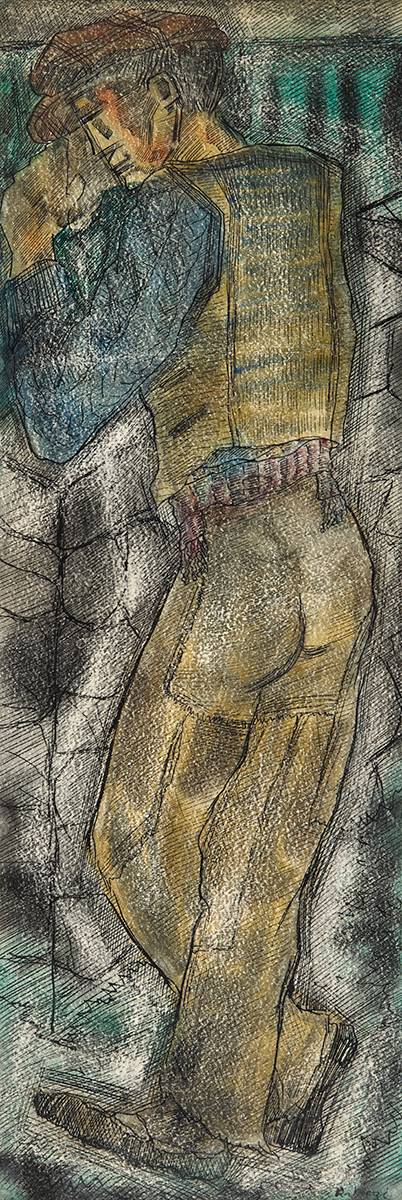
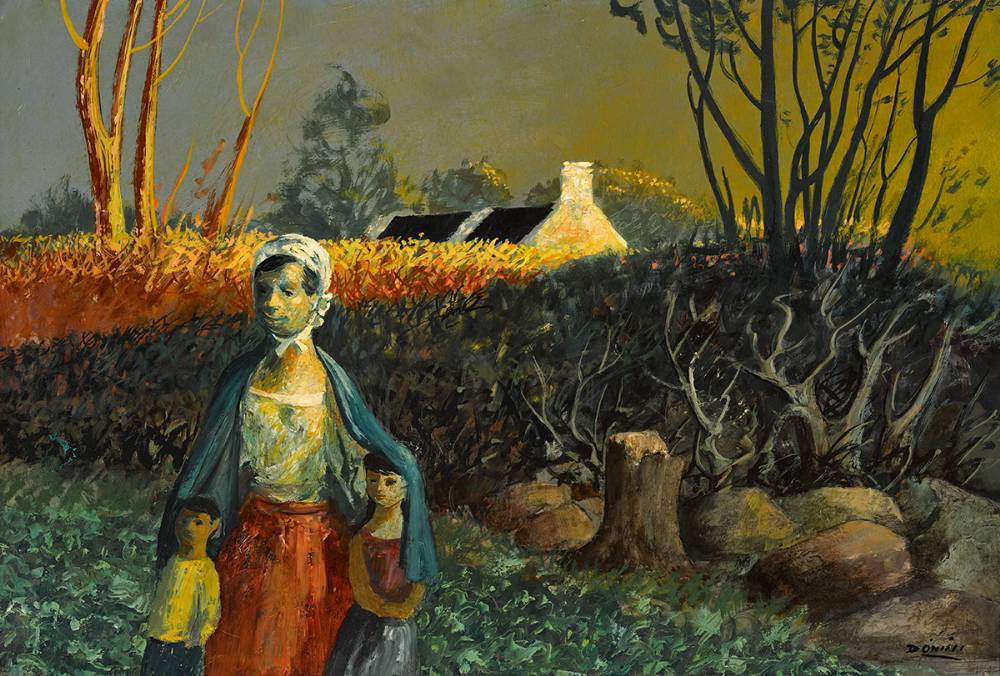
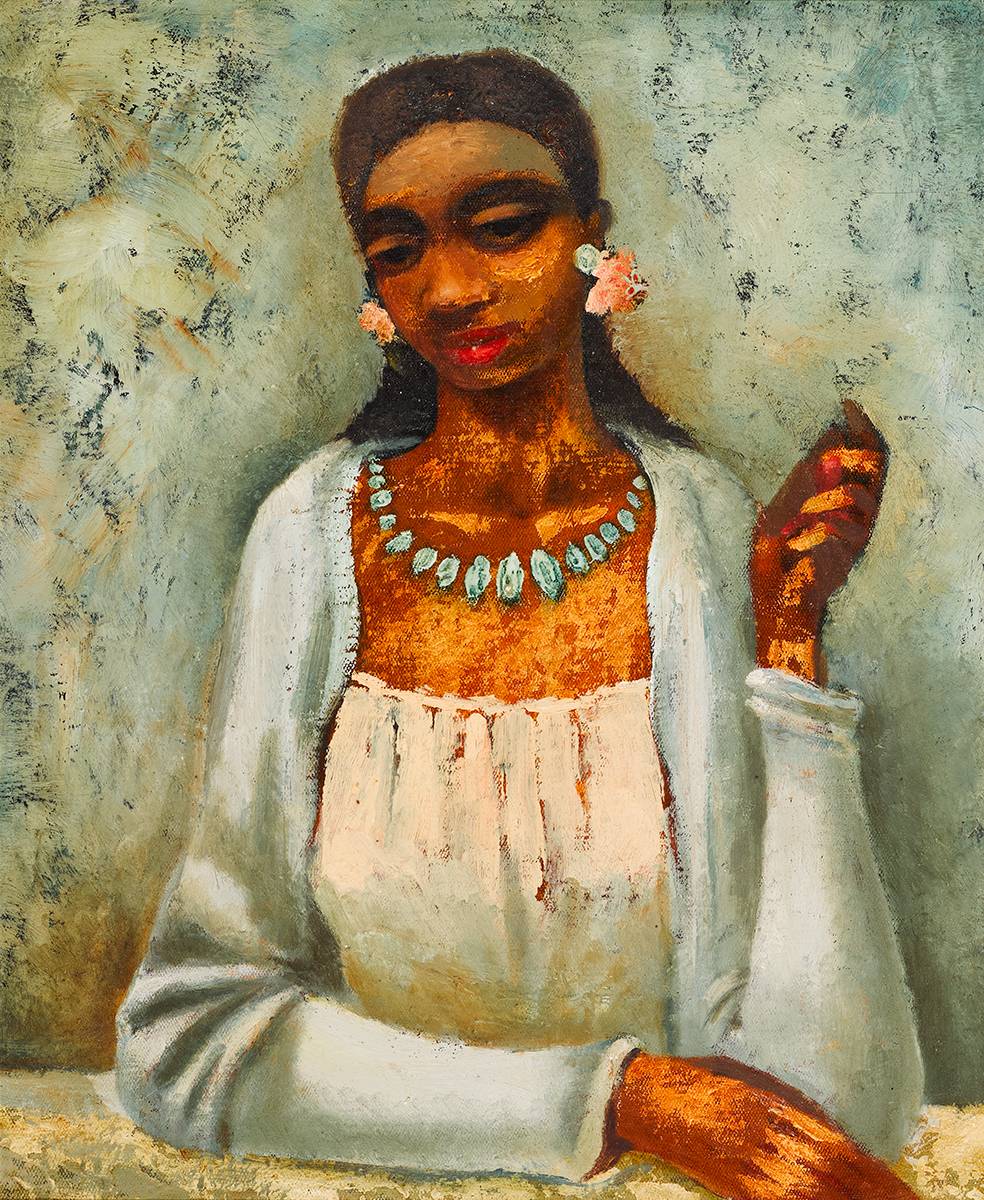
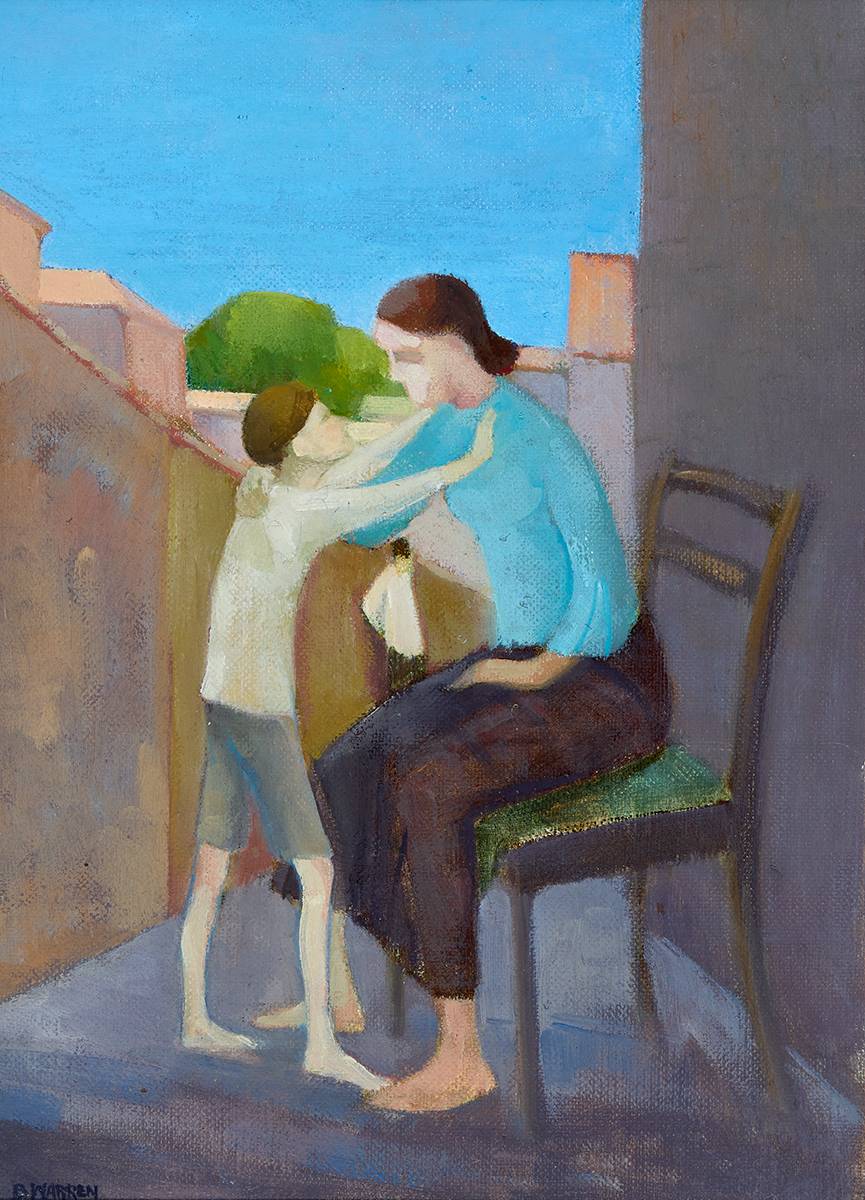
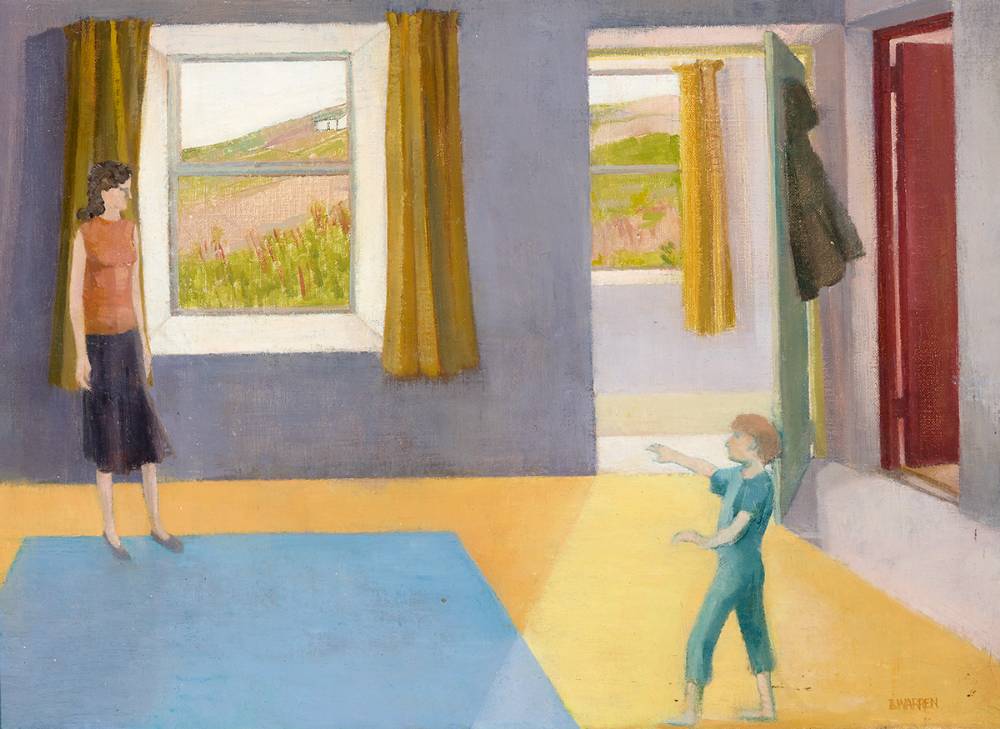
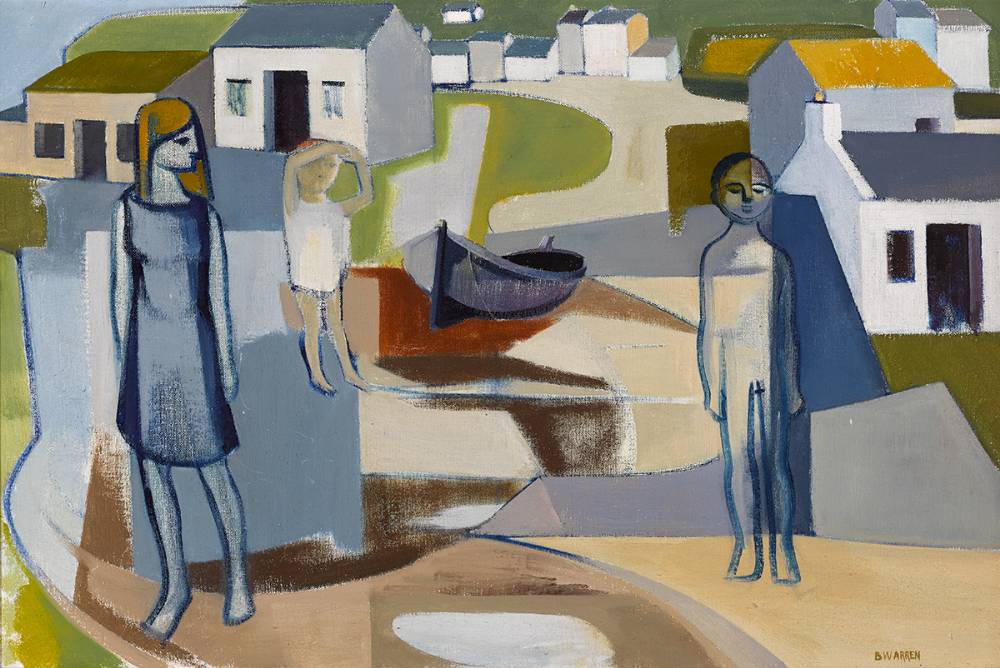
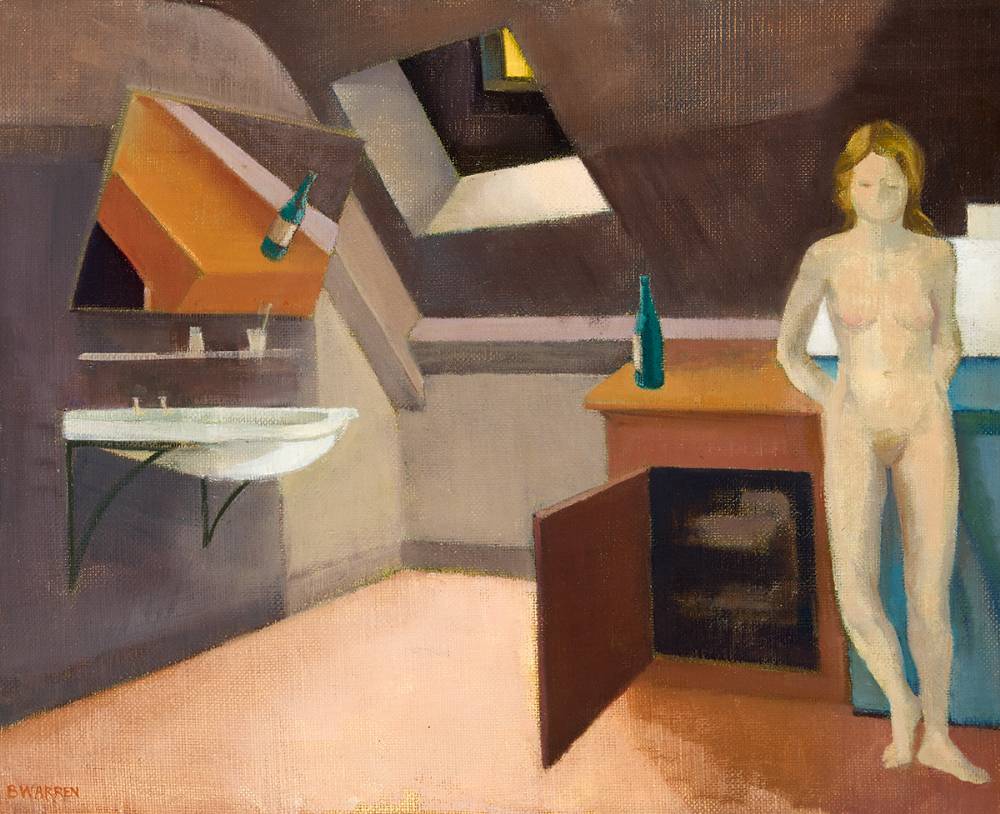
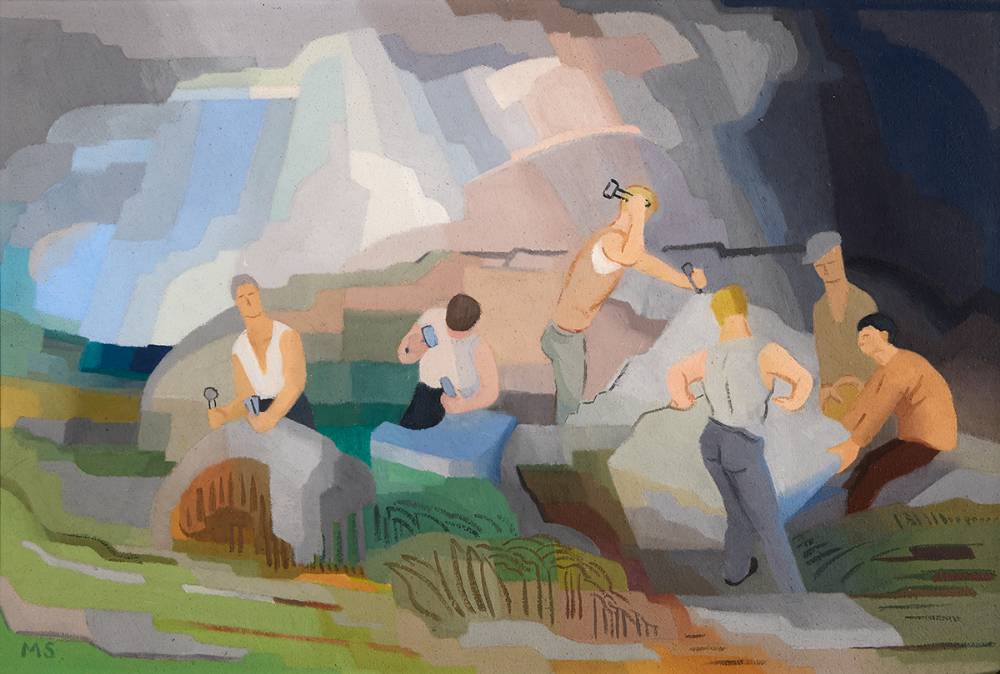
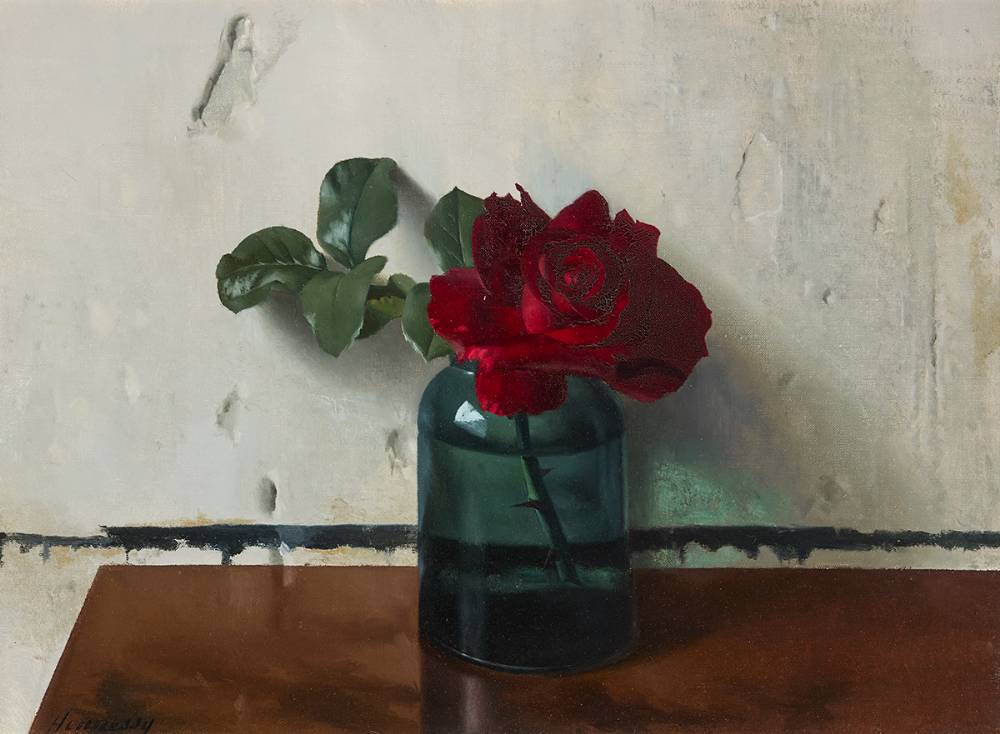
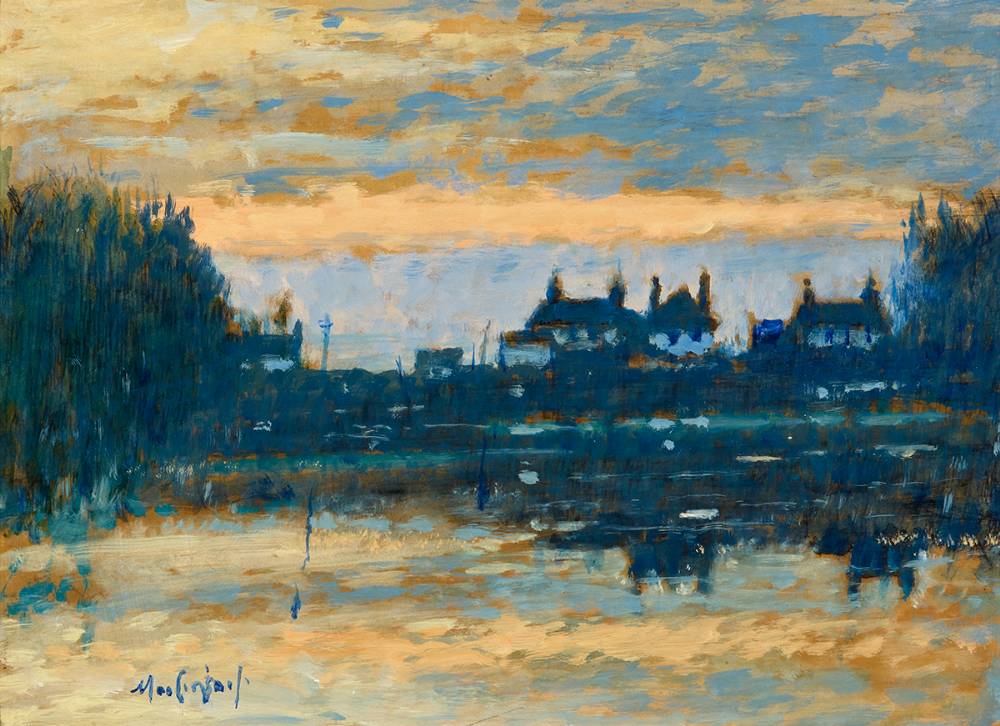
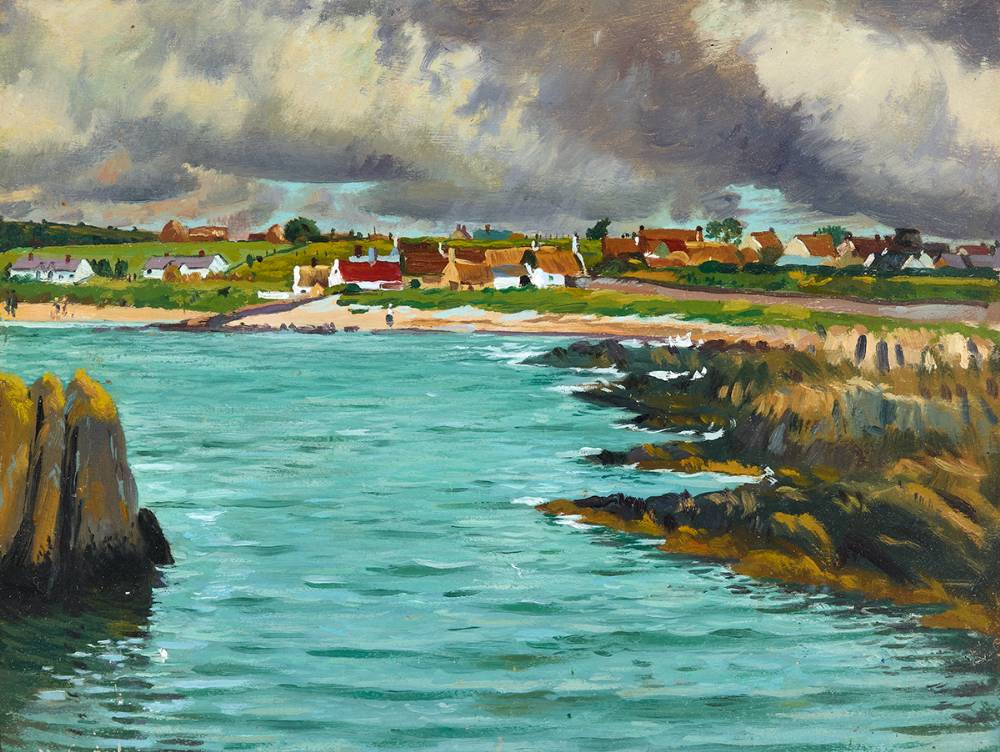
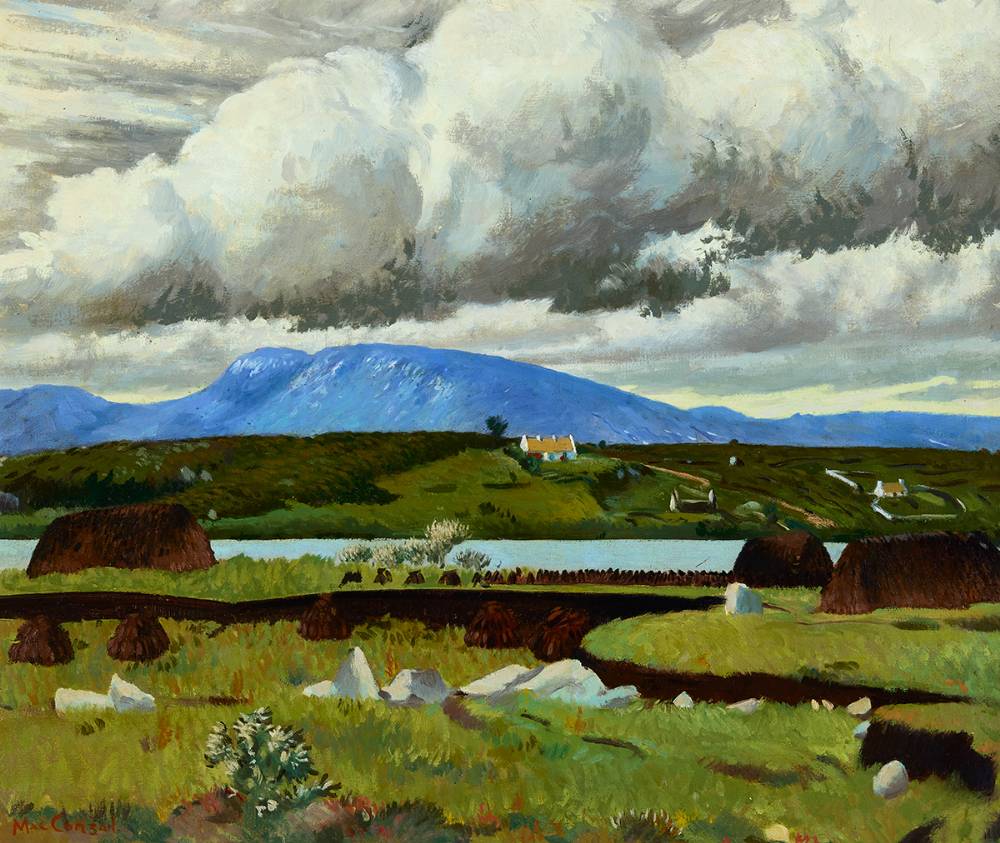
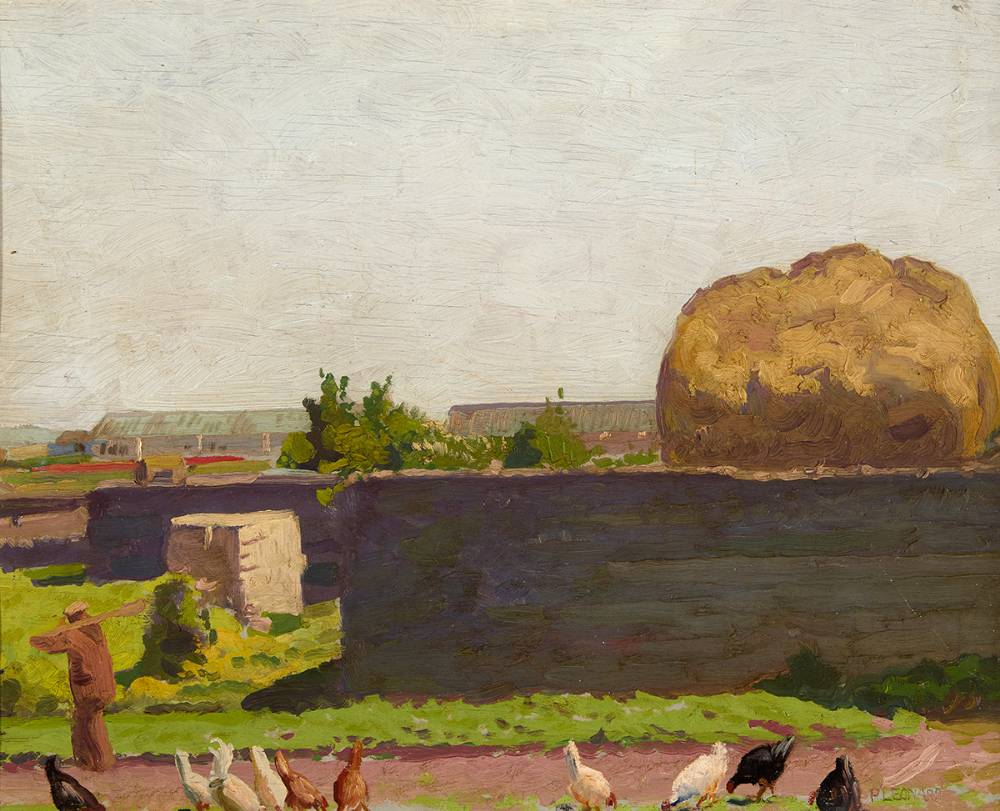
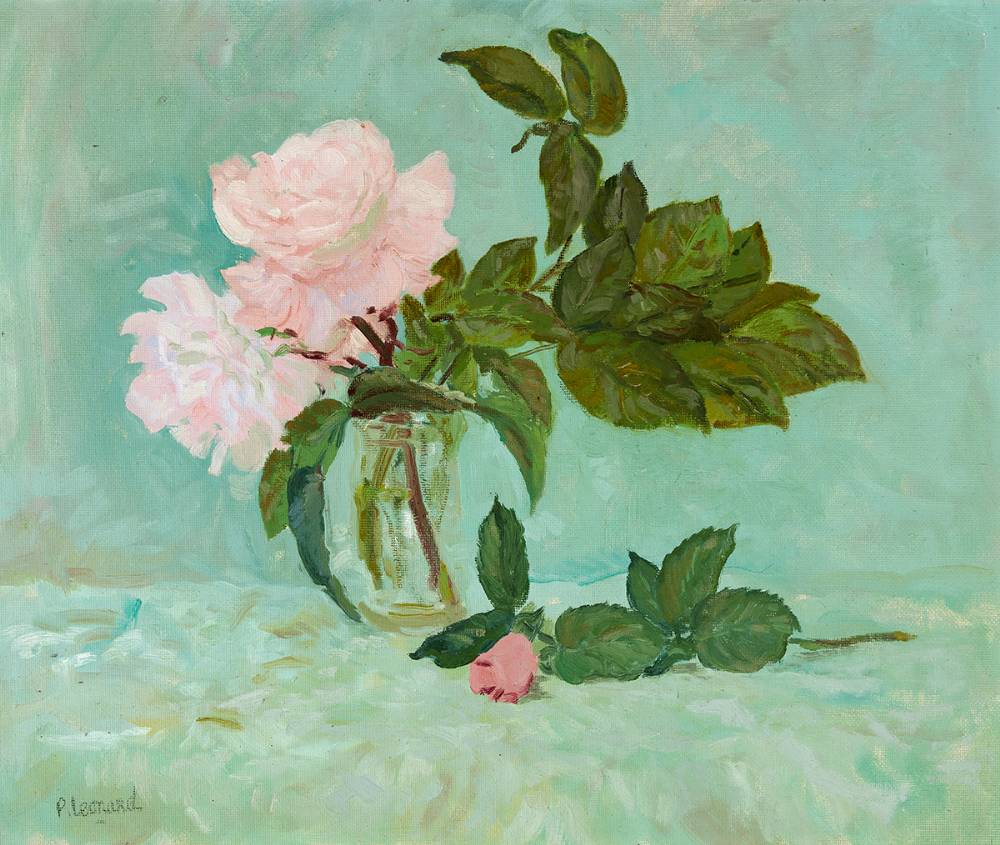
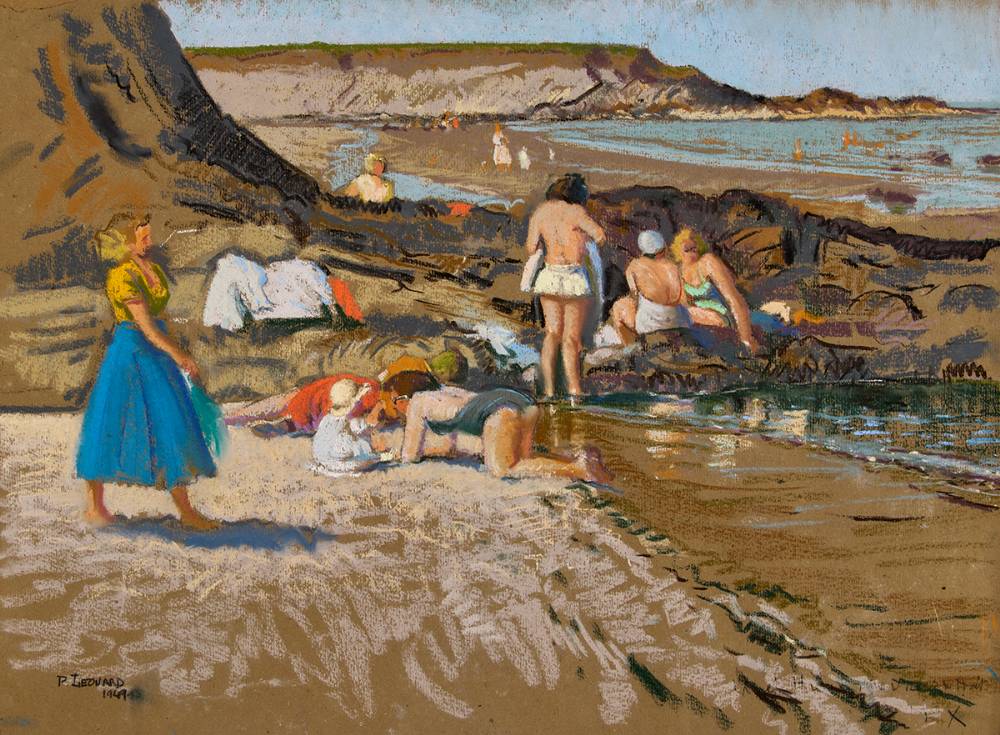
Try LotSearch and its premium features for 7 days - without any costs!
Be notified automatically about new items in upcoming auctions.
Create an alert